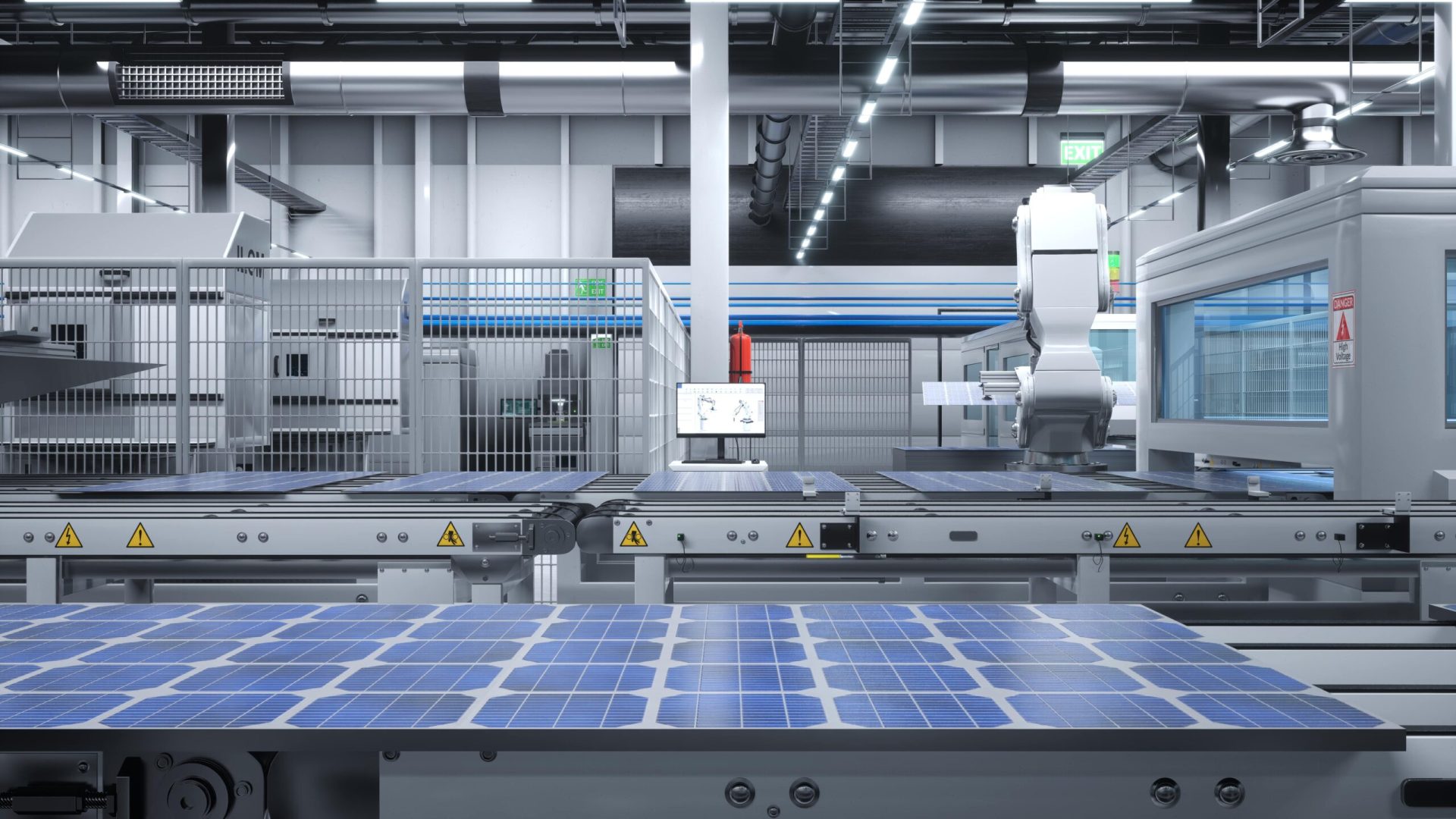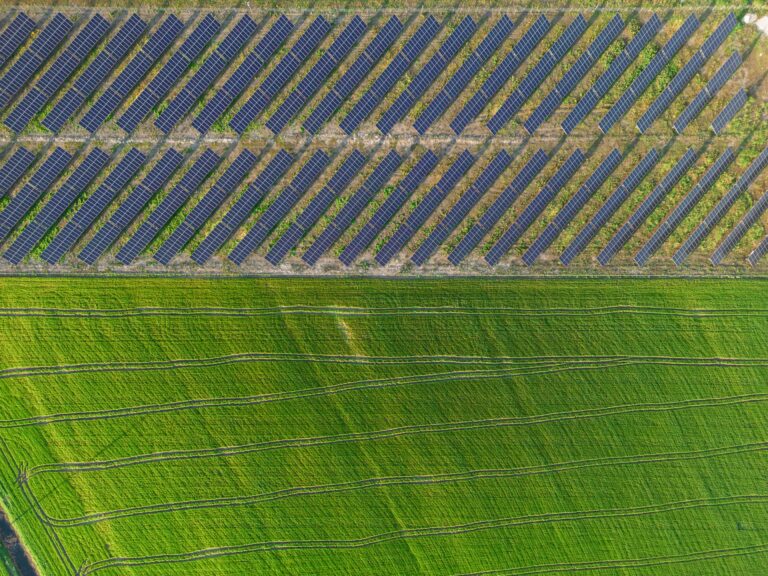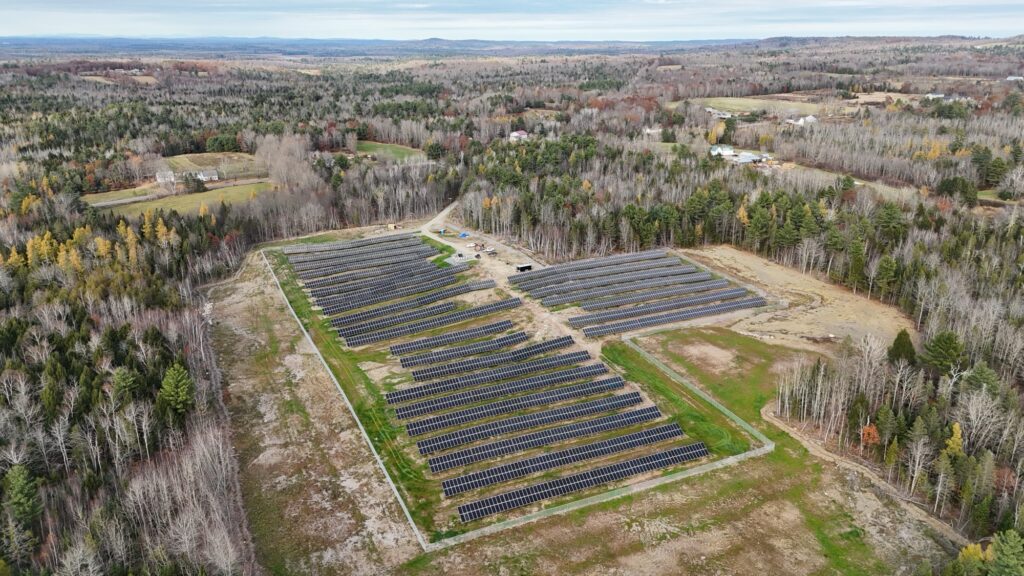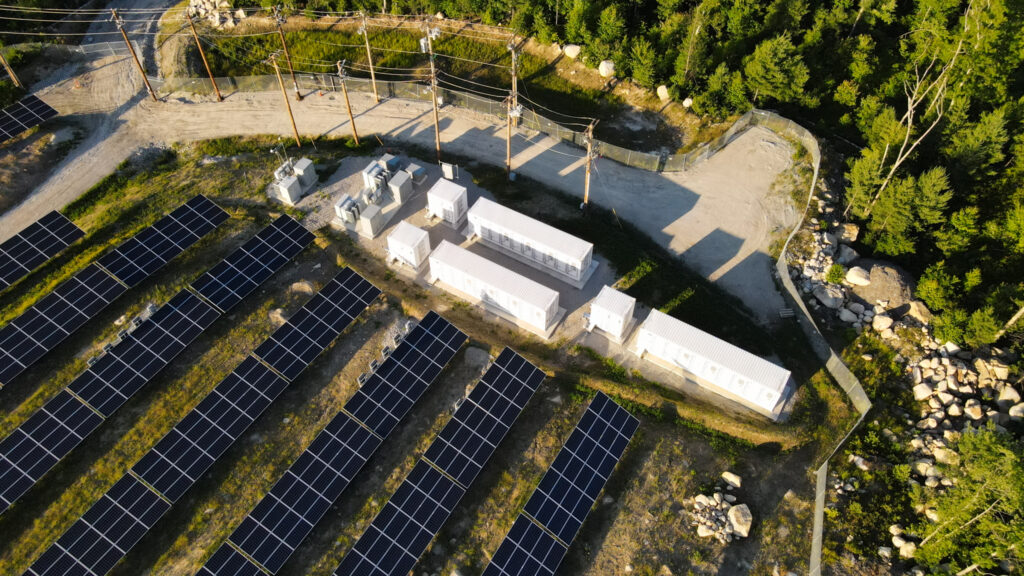Just a few years ago, U.S. solar manufacturing was largely dependent on international supply chains, but recent policy shifts and financial incentives have reshaped the landscape. The rapid buildout of domestic manufacturing has led to over $40 billion in announced investments, creating thousands of new jobs and supporting a more self-sufficient energy future.
The Solar Energy Industries Association (SEIA) originally set a goal of reaching 50 GW of solar manufacturing by 2030, but the industry has hit this target five years ahead of schedule. This milestone represents a major step forward in reducing reliance on imported solar components and solidifying the U.S. as a competitive player in renewable energy production.
Key Developments in the U.S. Solar Supply Chain
Solar module manufacturing is just one part of a broader supply chain expansion happening across the country. Several critical areas of solar production are scaling up to support this growth:
- Solar Cells and Wafers – The U.S. is on track to produce 56 GW of solar cells, 24 GW of wafers, and 13 GW of ingots in the coming years, enabling more domestic production from raw materials to finished panels.
- Mounting Systems – The construction of solar projects relies on robust mounting infrastructure. Since the introduction of new tax credits, 26 new facilities have been announced to serve utility-scale solar, while 15 additional facilities will support smaller-scale residential, commercial, and community solar projects.
- Power Electronics & Grid Technologies – The rapid deployment of solar energy requires a stable and efficient electrical grid. Investments include four facilities for hybrid inverters (serving both photovoltaic and battery energy storage systems), two for microinverters, one for utility-scale string inverters, seven for electrical balance of systems components (e.g., junction boxes, wires, combiners), and four for transformers. This ensures the grid can handle the increasing solar generation.
- Storage Supply Chain: The U.S. is witnessing growth in battery materials processing, cell production, and pack assembly. Notably, 580,000 metric tons of battery materials processing capacity are expected to be operational by the end of the decade, supporting both residential and utility-scale storage solutions.
Economic Impact and Job Creation
The surge in solar and storage manufacturing has led to over $40 billion in announced investments, with $7.7 billion already operational and $16.2 billion under active construction. These developments are projected to create more than 66,000 solar manufacturing jobs by the end of the decade, doubling the current workforce in this sector.
Additionally, the environmental benefits of a stronger domestic solar industry are significant. By producing more solar components in the U.S., the country can reduce its carbon footprint from overseas manufacturing and transportation, while also ensuring that solar adoption continues at a record pace.
Implications for the Future
With 50 GW of production capacity already in place, the solar industry is not slowing down. SEIA has set an even more ambitious vision: reaching 100 GW of renewable energy manufacturing by 2030. This goal includes continued investment in solar panel production, energy storage, and grid infrastructure to make renewable energy deployment more seamless and cost-effective.
Policy Support: The Catalyst for Expansion
The rapid expansion of U.S. solar manufacturing can be attributed to supportive public policies. Incentives such as the advanced manufacturing production tax credit and benefits for solar projects utilizing American-made products have been instrumental. These policies have not only attracted investments but also fostered innovation within the industry.
For more insights into the evolving American solar manufacturing landscape, visit the Solar Energy Industries Association’s official announcement.
At Syncarpha, we have the expertise and experience to guide projects from initial concept through to commissioning and beyond, ensuring the successful implementation of solar solutions across a range of applications.
If you’re interested in learning more about Syncarpha’s capabilities, browse our website or contact our team at info@syncarpha.com.










